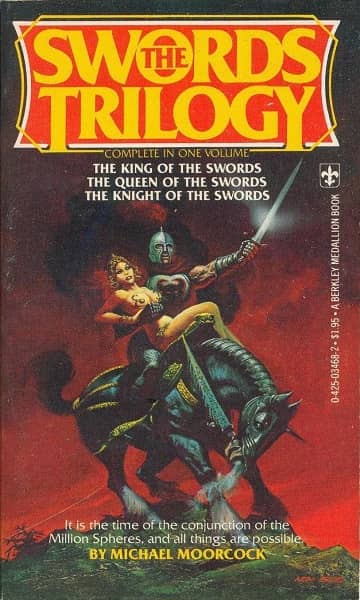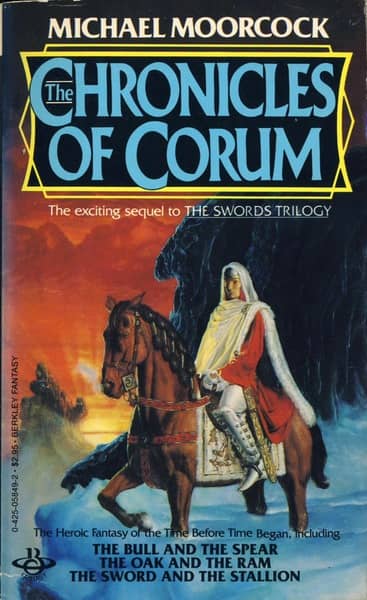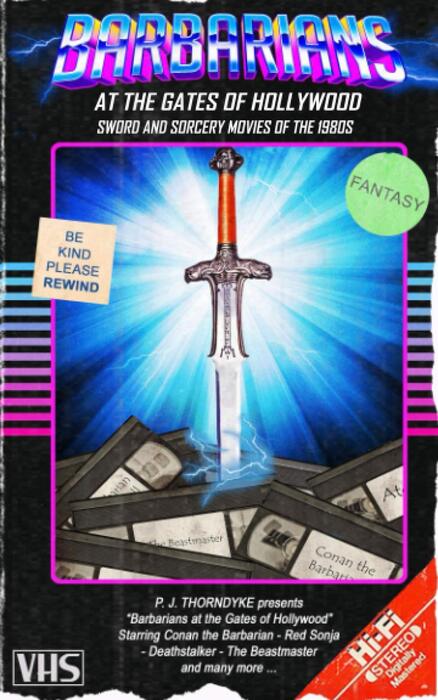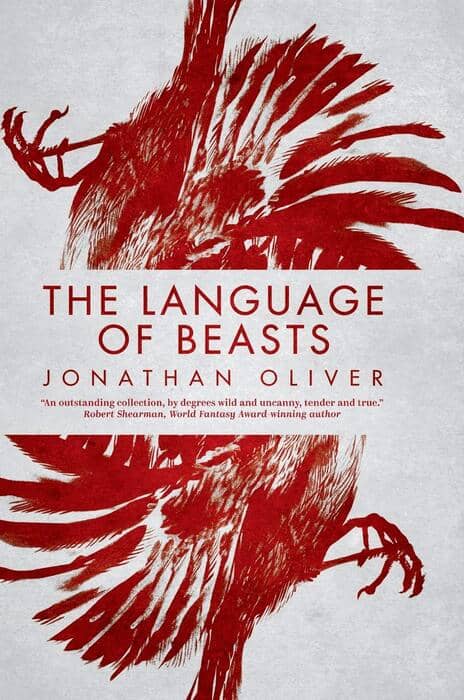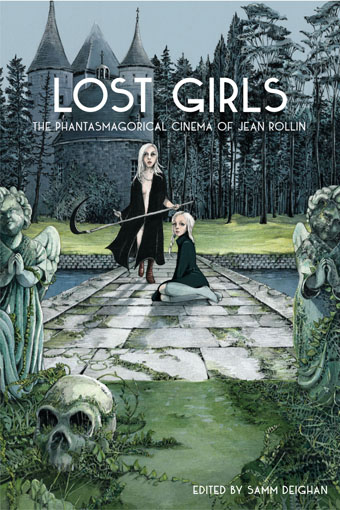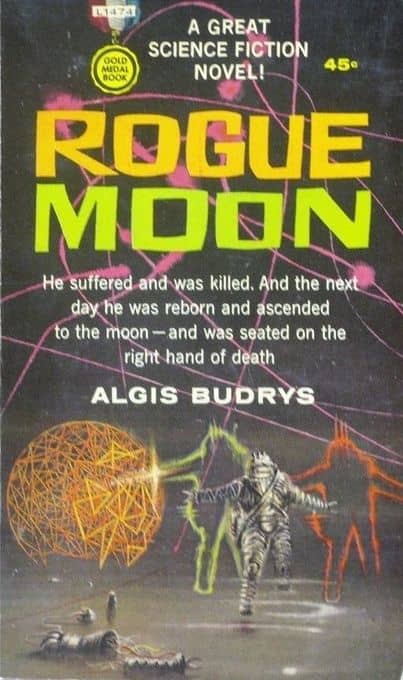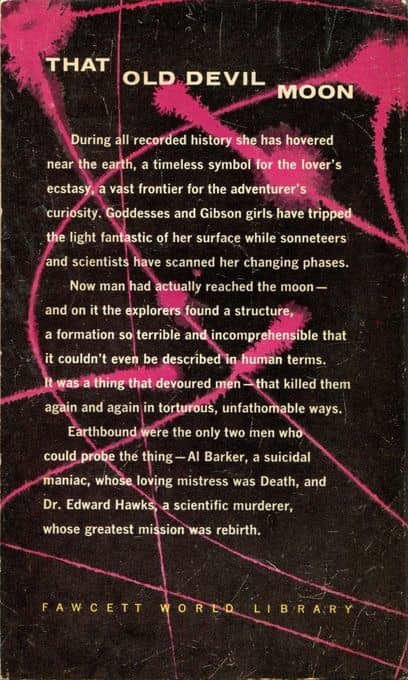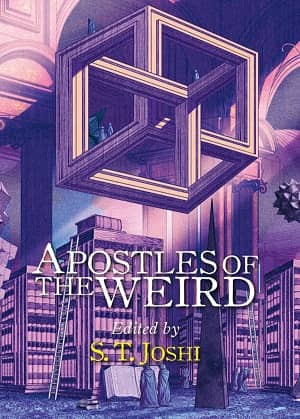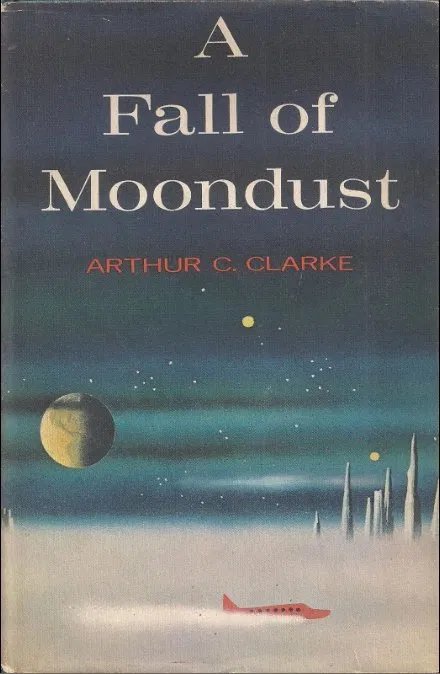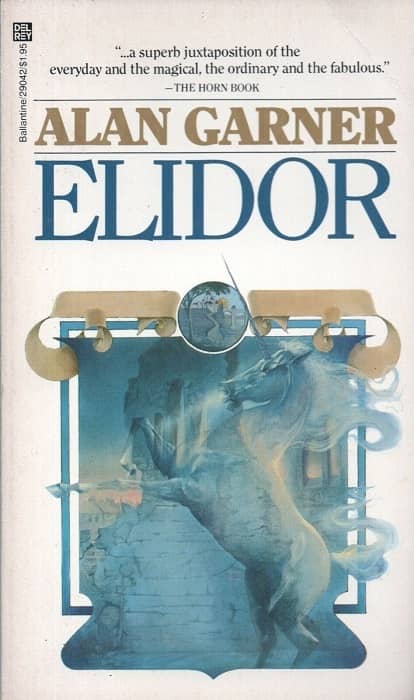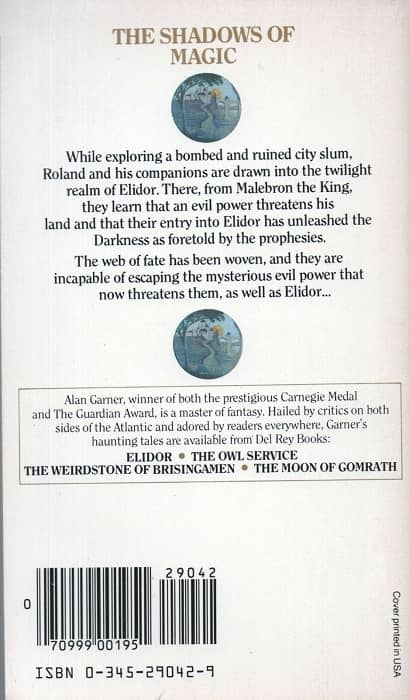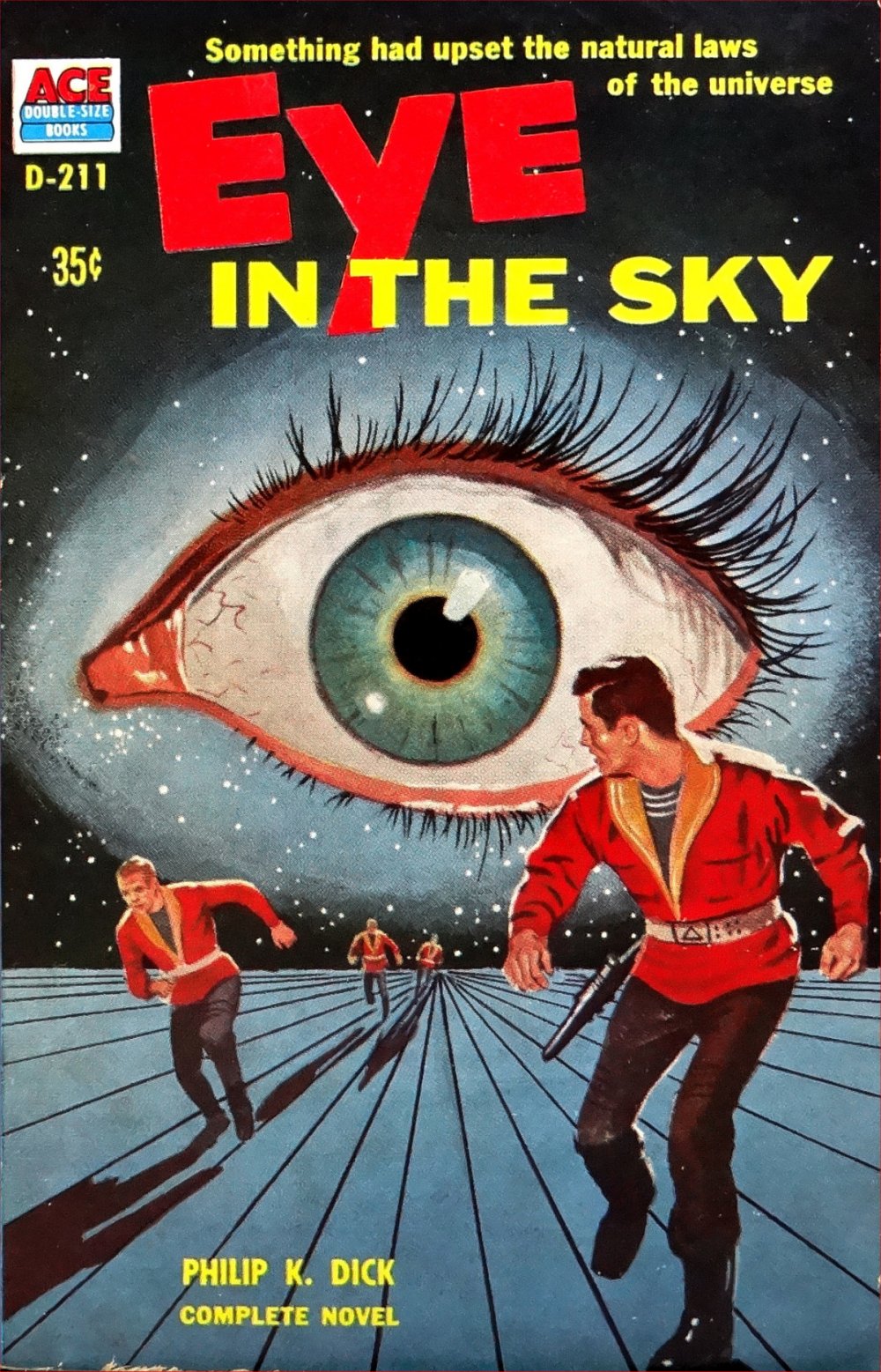Women Do It Better? The Women of Weird Tales, from Valancourt Books
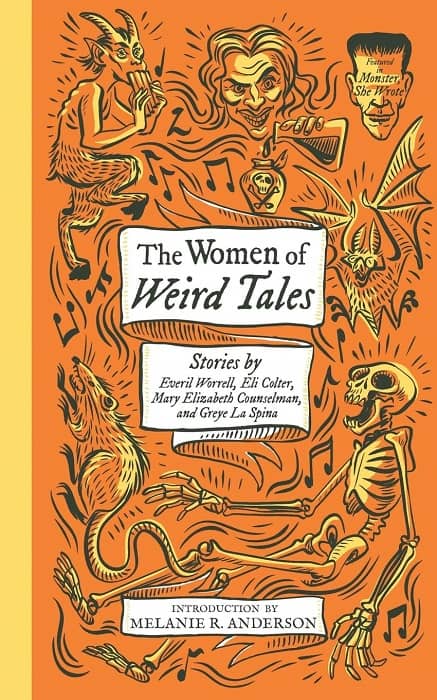 |
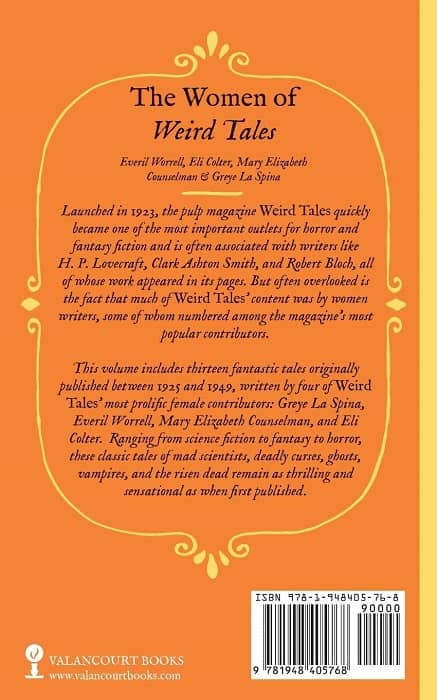 |
The Women of Weird Tales
By Everil Worrell, Eli Colter, Mary Elizabeth Counselman and Greye La Spina
Introduction by Melanie Anderson
Valancourt Books (280 pages, $24.99 hardcover/$16.99 paperback/$9.99 digital, November 3, 2020)
It is well known by now that women had a pivotal role in the development of those literary genres called Gothic Fiction, Horror, Dark Fantasy, etc. If we look at the iconic Weird Tales, the golden era of which spanned the ‘20s to the ‘50s, female authors were constantly included, and they penned some of the magazine’s most popular stories. Not to mention that some of the most influential editors and cover artists of the era were women as well.
Valancourt Books has aptly published a new anthology showcasing stories from Weird Tales by female writers, Women of Weird Tales.
Greye La Spina is present with five stories. The most accomplished, to me, is “The Antimacassar,” an effective, well told tale portraying a case of vampirism, gradually disclosed throughout the yarn. Other good tales are the bizarre “The Remorse of Professor Panebianco,” in which a mad scientist designs a device to imprison the soul of dying people; “The Dead-Wagon,” a dark gothic tale about a family curse dating back to the times of the Black Death; and “ The Deadly Theory,” a disturbing piece showing how the power to bring back people from the dead leads to tragedy.
